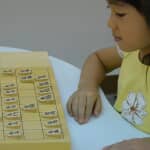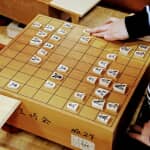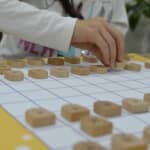Shogi 2 July 2020
The Method of Battle in the Mid-game: #4 Push and Sacrifice Fu (Pawn)
Hello, everyone. My name is Takashi Araki, and I am an instructor of i-tsu-tsu Shogi class, Kobe Motomachi.
So far in “Ni course”, we have been learning about the techniques to use “Opposing Fu (Pawn)” (Awase no Fu), “Dangling Fu (Pawn)” (Tare Fu), and “Foothold”.
As the last topic in this course, I would like to introduce some techniques to make it easier to use the methods we have learned. That is Tsukisute no Fu, push and sacrifice Fu (Pawn).
Sometimes the Best Gain Is to Lose
Although Fu (Pawn) is a convenient piece and easy to use, you can’t use it soon if you have it as a hand piece. Why is that? The reason, of course, is that dropping Fu (Pawn) could be a forbidden move, Nifu, double Fu (Pawn) on the same file.
Therefore, even if a beginner takes Fu (Pawn), he/she can’t use it and unnecessarily increases hand pieces. This often happens, when you are playing a game with a 10-piece handicap. It’s like they let their hand pieces go to waste.
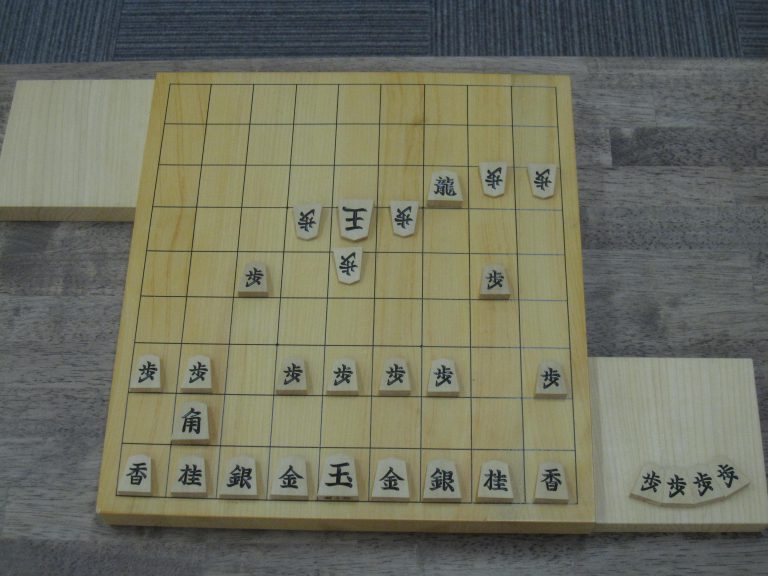
How can you use Fu (Pawn) on your piece stand?
The answer is to avoid Nifu, double Fu (Pawn) on the same file. In other words, you need to remove your Fu (Pawn) from the board. In order to use Fu (Pawn) of your hand pieces, you need to let your opponent take it on the board. For that purpose, Tsukisute no Fu, push and sacrifice Fu (Pawn), exists!
Look at one simple example below.

What if Sente drop Fu (Pawn) on the square of 4c, ▲P-4c*? Gote can’t receive an attack by ▲P-4b+ and Sente can gain materials, which is termed in Japanese Komadoku. However, in the current situation, if you drop Fu (Pawn) on the square of 4c, it will result in a prohibited move, Nifu.
Here, moving Fu (Pawn) to the square of 4e, ▲P-4e, is the smart move. The opponent will take your Fu (Pawn), △Px4e. Your Fu (Pawn) on the fourth file was removed, now you can drop Fu (Pawn) on the square of 4c, which is so-called, Tarefu.
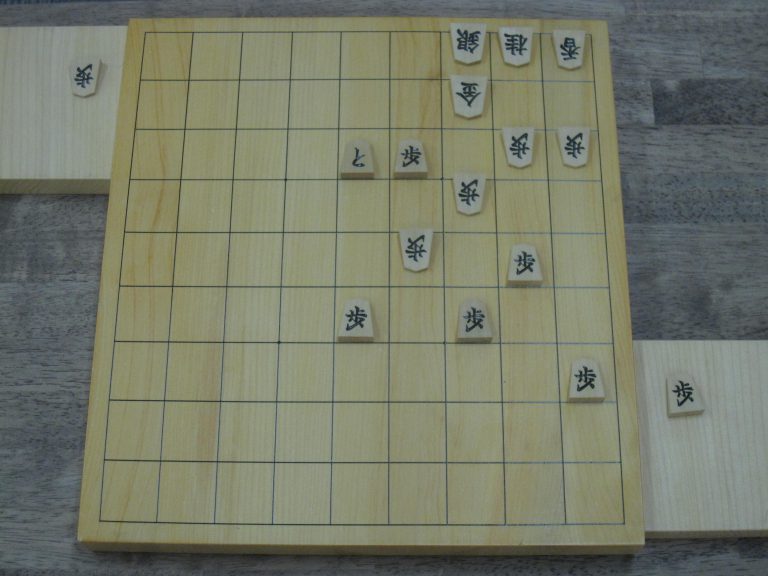
This shows how Tsukisute no Fu works. If you want to use Fu (Pawn) at will, you need to sacrifice Fu (Pawn), which is profoundness of Shogi.
In the beginning, the students were reluctant to discard Fu (Pawn), but after repeated practice, they seemed to understand that eliminating Fu (Pawn) on the board leads to a wider range of offensive moves. It seems like it was new to students to see a decrease in the number of pieces but an increase in attack power.
Tsukisute no Fu is an indispensable technique for using Fu (Pawn) from your hand pieces. I urge you to learn this technique and combine it with attacks such as Tarefu and Foothold!
*By popular demand, we will offer an additional Kobe Motomachi Class, “First Time Shogi Class”, only during the summer (from July to September).
If you are interested, click here. (Please note that this information is in Japanese only.)
